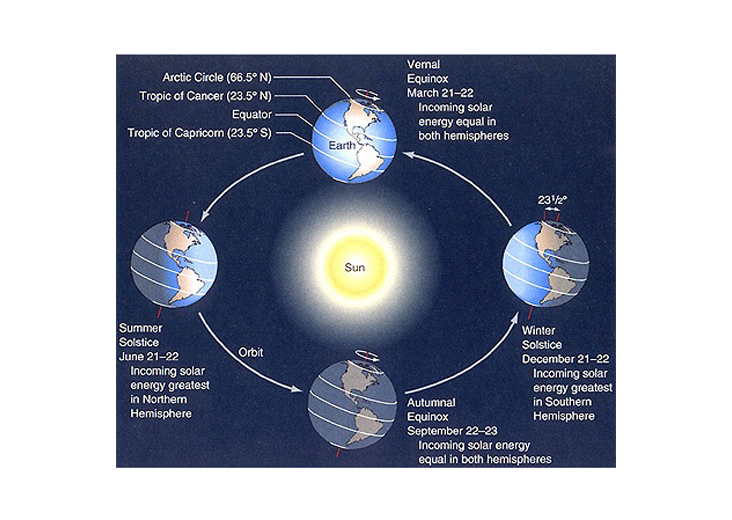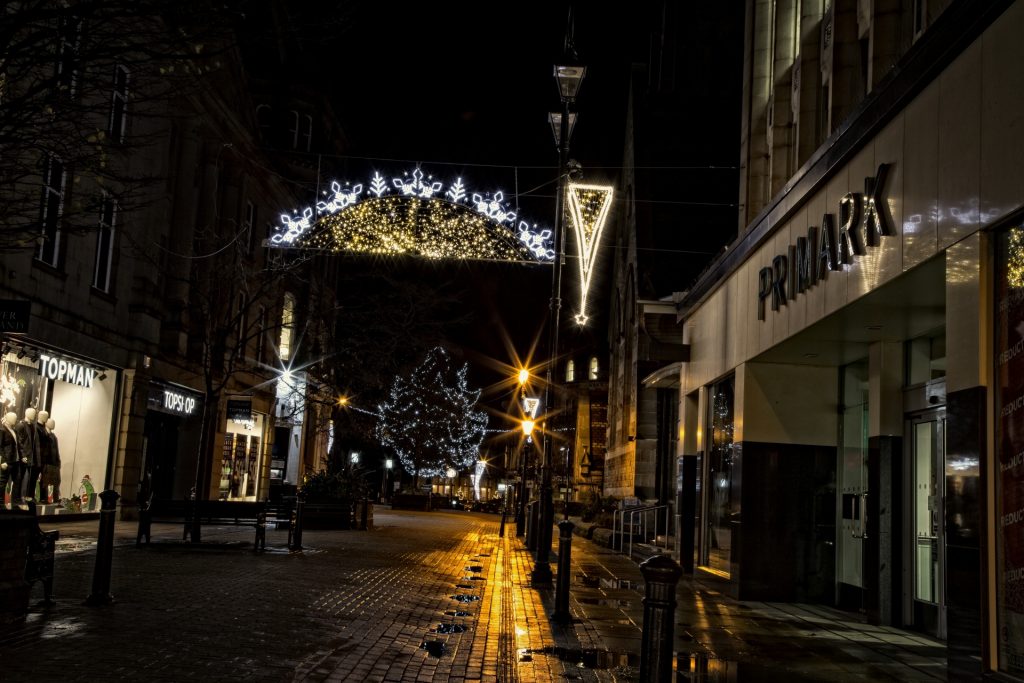Way back in 1983, a little known all female band made their first national debut on American Bandstand. That show, which ran from 1956-1989, highlighted new musical acts along with current well-known artists. Over its long run, you saw all kinds of music, fashions that came and went, but often the same musicians would come back over and over again to perform on this show hosted by Dick Clark for its entire run. Rock and Roll was introduced nationally through this show and legions of fans who watched weekly. It was a show worth watching.
The Bangles had formed in 1981 (originally The Bangs but another group had that name) and were like many small bands struggling. From interviews of the band members, they played at many places early on having to pay people to dance (they bought them beer). Their first recording with the label Faulty Products end up disappointed as they folded. Another label bought it and released it. Somewhere along the line as they tried to get noticed locally Dick Clark heard of them. There first performance on American Bandstand can be seen here on YouTube.
Columbia Records issued their first album in 1984 titled All Over The Place. The album had hit songs such as “Hero Takes The Fall” and “Going Down to Liverpool.” The video for Liverpool had Leonard Nimoy (band member Susanna Hoffs knew his son) which garnered a lot of attention. Prince heard their music and was impressed by them. He offered them two songs and they decided on Manic Monday. When they first performed it for him, they apologized they didn’t have a harpsichord (heard on the recorded versions and sometimes in live concerts), he said it didn’t need it. And he was right.
When they recorded and released the song it became a hit rocketing them up to number 2 in the U.S. and other countries (a Prince song was number 1, which shows how powerful both artists were). No longer were The Bangles doing small clubs and events after that. Now they were major band with millions of fans and they were off touring the world performing just about everywhere. From the interviews, they were completely surprised at how liked they had become. As Dick Clark would say later when they returned to his show in 1986, The Bangles had gotten really positive reviews from fellow musicians and critics alike.
One of the hallmarks of really talented musicians are passion and enthusiasm. Growing up during the 1960’s, I was exposed to a lot of rock and roll (and I listened to a station that also played 1950’s music). My own family loved music (though not rock and roll) and listened to the many records of classical, opera, and soundtracks of Rodgers & Hammerstein performances. In school I learned how to play the clarinet, saxophone, bass clarinet, and guitar. I learned that those who really loved music and let it flow were the ones that really had the best outcomes. Playing just so that you would pass was okay, but those who really had the passion to play their instrument made all the difference in the world. It was not just a guitar or violin, but something much, much more.
And so it is with The Bangles. They loved to play their music. This was not some band created in the sound lab, fine-tuned, and carefully rolled out by the record label. The women who made up The Bangles-Vicki Peterson, Debbi Peterson, Susanna Hoffs, and Michael Steele- loved what they were doing, And their enthusiasm shows in every performance they did. And every member had their voices in songs (despite what the media back then said, Susanna Hoffs was not the lead singer, each singer had songs they were lead on). Susanna Hoffs was often in the center simply because of her height and nothing more (you do not put shortest person off to the side, it just looks weird).
The Bangles did break up for a short time but reunited. However, touring had to slow since many of them married and had families. Susanna also started a solo career which has done well. She plays her own songs and sometimes does a Bangles favorite with just a guitar. And it is amazing how wonderful her voice is at age 64. She has not lost one beat and not slowed down at all. She has been married since 1993 to Jay Roach (who directed the Austin Powers movies) and has two grown boys now in the entertainment industry. She will, if the date I saw is correct, be soon celebrating 30 years of marriage. Which is remarkable in that marriages come and go in that world as one changes tissues. She noted recently on Twitter that every day she listens to a Prince song to thank him for Manic Monday. She also has a book coming out titled This Bird Has Flown coming out on 4 April 2023 and already has had positive feedback from early reviews.
And now Manic Monday from American Bandstand (May 10, 1986).










